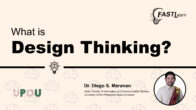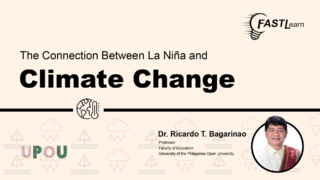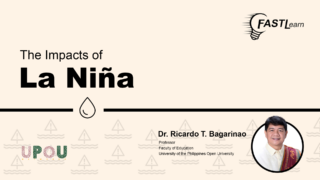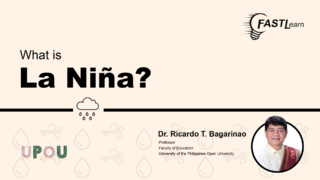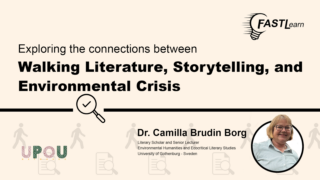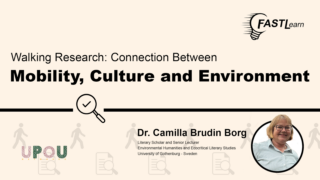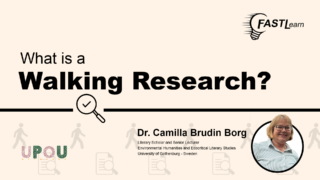Can you provide an overview of design thinking and its key principles?
The term design thinking, there’s not one single definition of what it is. Usually, design thinking is collaborative, iterative, it tries to uncover assumptions that you have both problems, it tries to expand the range of different possible options for solutions. You can think about it as a way to exploit an existing problem space, develop it, to the point na you can prototype it and can test it. It is characterized by different models.
What are the main stages or steps involved in the design thinking process and how do they contribute to problem solving?
A very well-known model of design thinking has been developed by IDEO and the d.school from Stanford. And it’s 5 phases.
So, one phase might be:
1. Empathizing – doing research, trying to understand what your users’ pain points are, trying to understand the problem space in general.
Another phase might be:
2. Defining the problems – these are the pain points of users, what is a particular question that you can ask around that problem space; parang narrowing down the range of problems you want to address.
And then you might:
3. Ideate – brainstorming potential solutions, and that would often include coming up with preposterous far-fetched solutions as a way to expand the range of possible solutions to consider
Then, you might have:
4. Prototyping – creating some kind of version of the solutions that you have in mind.
And then:
5. Testing – that would often involve going to the actual end user of your potential solution. So, sometimes once you have identified potential solutions, you have to define which of these solutions are worth testing and when you get feedback from users you might decide, we should combine some of these solutions, discard some of these other potential solutions.
So, that’s one model. The 5 step IDEO model.
Another model would be the compass framework and that was developed by the INDEX Project. It’s more of like a 4 phase process, and within those 4 phases there are 4 sub phases, so you can think of it just like having 16 phases.
But, ultimately, what design thinking to me is a process of convergent and divergent thinking. Coming up, parang letting your thinking go in different directions and then condensing, integrating. It also often involves this mindset of openness, of flexibility, of collaborativeness, of trying to hold off from making assumptions as much as possible so you can better parang address the ultimate underlying problems.
